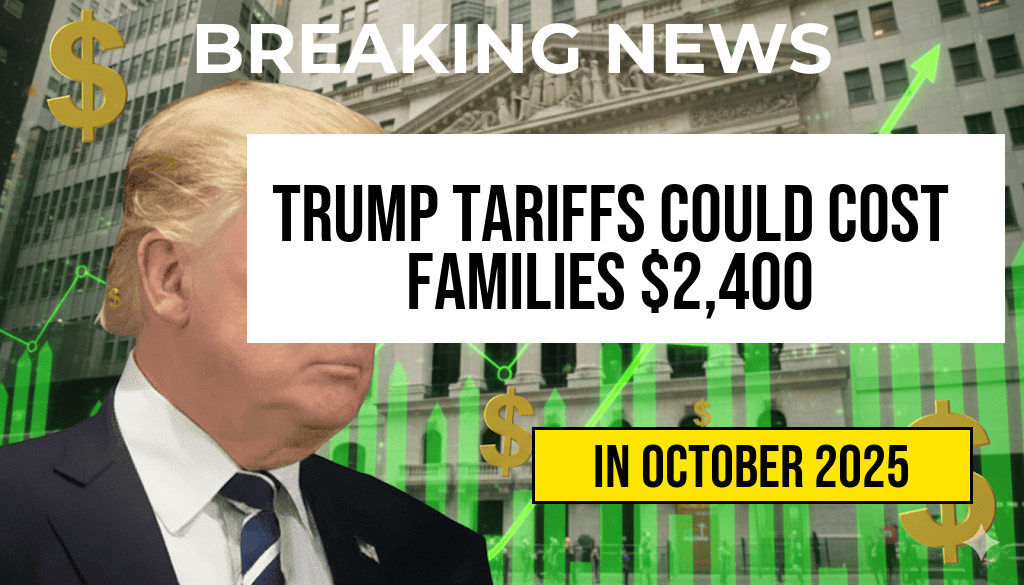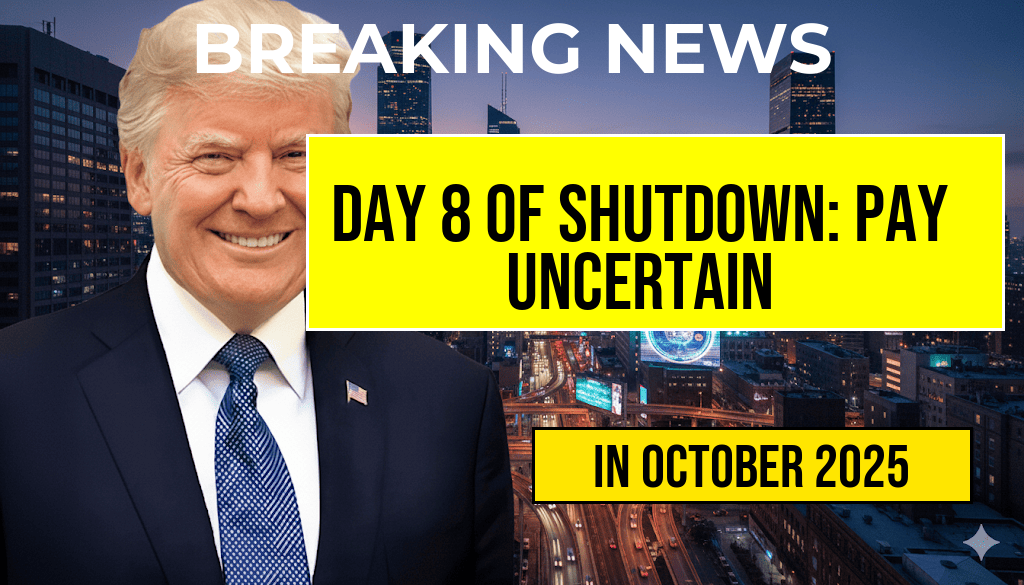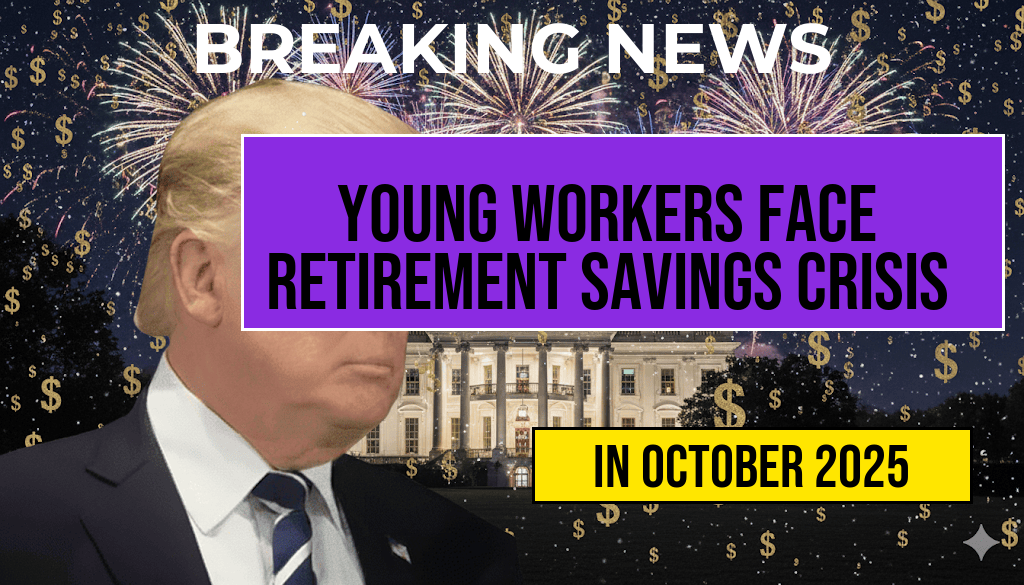Recent analyses suggest that ongoing tariffs implemented during the Trump administration could be costing American families approximately $2,400 annually. These tariffs, often branded as the “Turbulence Tax” by critics, have led to higher prices on a wide range of imported goods, from electronics to household items. While proponents argue that tariffs protect domestic manufacturing and jobs, critics contend that consumers ultimately bear the financial burden through increased living costs. This phenomenon underscores how trade policies, although targeted at economic strategy, can ripple through household budgets in unexpected ways, affecting everything from grocery bills to the price of new appliances. As policymakers revisit trade strategies, understanding the tangible impacts of these tariffs becomes essential for voters and economic observers alike.
The Genesis of the ‘Turbulence Tax’
Trade Policies and Tariffs Under the Trump Administration
During Donald Trump’s presidency, a series of tariffs were imposed on imported goods, primarily targeting China, the European Union, and other trading partners. The rationale was to protect American manufacturing, address trade deficits, and counteract unfair trade practices. These measures, announced in 2018 and 2019, included tariffs on steel, aluminum, and a broad array of consumer products.
However, these tariffs often triggered retaliatory measures from trading partners, leading to increased costs for U.S. businesses that rely on imported raw materials and components. The ripple effect extended beyond companies to consumers, as businesses passed on higher costs through increased prices.
Economists and industry experts refer to this chain reaction as the “Turbulence Tax,” emphasizing how trade disruptions translate into everyday expenses for families.
Quantifying the Cost: How Tariffs Affect Household Budgets
Estimating the Annual Impact of Tariffs
| Category | Average Increase | Estimated Annual Cost |
|---|---|---|
| Electronics & Appliances | 15% | $600 |
| Clothing & Footwear | 10% | $400 |
| Food & Beverages | 8% | $500 |
| Household Goods | 12% | $500 |
| Total | $2,400 | |
The figure of $2,400 annually per household stems from cumulative price increases across essential categories. Consumers purchasing electronics, clothing, groceries, and household products have seen their budgets strained as tariffs have inflated costs, often without corresponding wage increases.
Research from the Wikipedia entry on trade wars indicates that such measures can lead to consumer price inflation, especially when tariffs are applied broadly across multiple sectors.
Industries and Consumer Repercussions
Impact on Retail and Manufacturing Sectors
Retailers and manufacturers have felt the pinch as supply chains become more expensive and unpredictable. Small businesses, in particular, face higher costs when sourcing imported goods, which often results in increased retail prices. For consumers, this translates into less buying power and potentially reduced consumption, which can slow economic growth.
Additionally, some manufacturers have shifted sourcing strategies, moving production overseas or seeking alternative suppliers to avoid tariffs, which can lead to longer lead times and higher operational costs.
Broader Economic Effects
While tariffs aim to bolster domestic industries, evidence suggests they can backfire by raising prices for consumers and disrupting global supply chains. The Congressional Budget Office (CBO) has noted that tariffs can decrease overall economic welfare, especially when applied broadly and without targeted support measures.
Furthermore, the “Turbulence Tax” may contribute to inflationary pressures, complicating monetary policy and potentially leading to higher interest rates that affect borrowing costs for families and businesses alike.
Policy Debates and Future Outlook
Balancing Trade Policy and Consumer Welfare
As debates over tariffs continue, policymakers face the challenge of balancing national security and industrial strategy with the economic well-being of everyday Americans. Some argue that targeted tariffs can protect specific sectors without significantly impacting consumers, while others advocate for their removal to foster free trade and lower prices.
Recent discussions in Congress suggest a move toward reevaluating existing tariffs, with some lawmakers proposing relief measures and tariff exemptions to ease the financial burden on families.
Experts advise that transparency and careful assessment of trade policies are essential to avoid unintended consequences like the “Turbulence Tax,” ensuring that economic strategies do not disproportionately harm households.
Resources and Further Reading
- World Trade Organization – Tariff Data
- U.S. Census Bureau – Trade Highlights
- Federal Reserve – Monetary Policy and Economic Data
Frequently Asked Questions
What is the “Turbulence Tax” and how does it affect families?
The “Turbulence Tax” refers to the economic impact of Trump tariffs that can increase everyday costs for families. It may result in an estimated additional $2,400 annually for the average household due to higher prices on imported goods and increased supply chain costs.
How do tariffs specifically lead to higher household expenses?
Tariffs on imported products raise the cost of goods for manufacturers and retailers, which are then passed on to consumers. This causes prices for items like electronics, clothing, and household goods to rise, impacting family budgets.
Who is most affected by the “Turbulence Tax” caused by these tariffs?
Families with moderate to low incomes are most affected as they spend a larger portion of their income on essential goods. Additionally, small businesses and consumers relying on imported products experience the greatest financial strain.
Are there any long-term economic consequences of these tariffs for families?
Yes, persistent tariffs can lead to inflationary pressures and reduced purchasing power over time. This ongoing economic turbulence may hinder household savings and long-term financial planning.
What can families do to mitigate the impact of the “Turbulence Tax”?
Families can consider shopping for alternatives, exploring domestic products, and budgeting carefully to offset increased costs. Staying informed about policy changes can also help families plan and adapt to economic shifts caused by tariffs.






